As a past pet mom to a paralyzed pup, I think adopting a disabled dog in a wheelchair is one of the most generous acts you can do for an animal. It’s also an experience with a unique learning curve. Pet parents can’t just scoop the dog into their arms and start a life. They need the right information, the proper tools and a deep commitment to keep the dog safe, happy and loved.
Table of Contents[Hide][Show]
If you’re considering the adoption of a disabled dog, this article will give you an overview of what pet owners should know. Caring for a paralyzed pet has its challenges, but life goes smoother when you know what to expect.
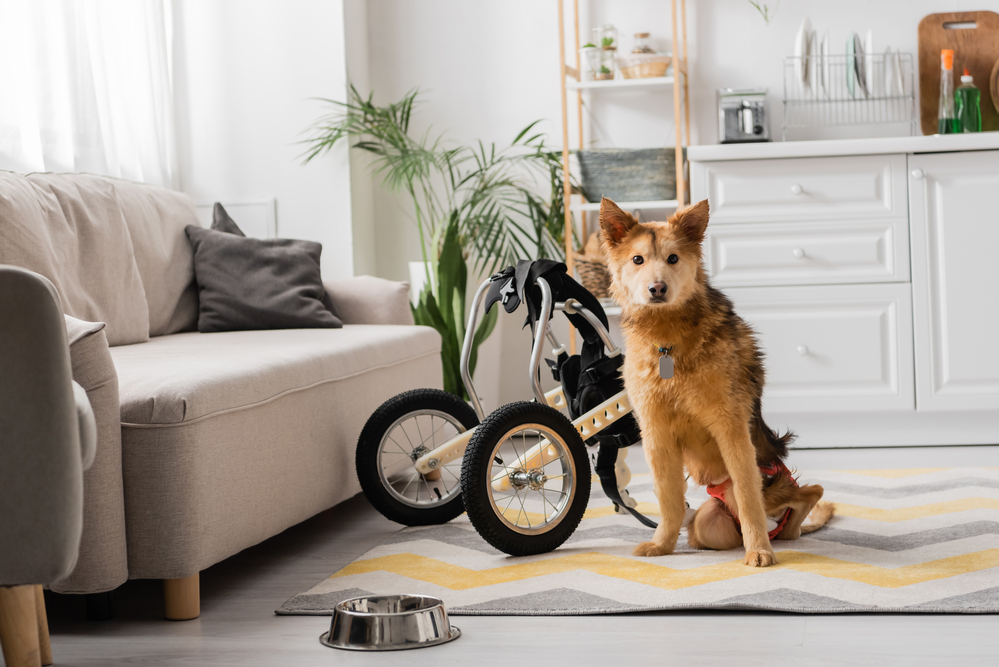
Let’s talk about paralysis
Paralysis is the loss of function and often the feeling in one or more parts of the body. It’s caused by a problem in the spine or the brain. Dogs generally experience paralysis in their limbs. Some lose complete function while other dogs have limited use of their legs. In addition, most paralyzed animals are also incontinent, to some degree. That means they’ll need your help to pee and poop.
Two of the most common conditions that cause paralysis in dogs are: Intervertebral Disc Disease (IVDD) and Degenerative Myelopathy (DM).
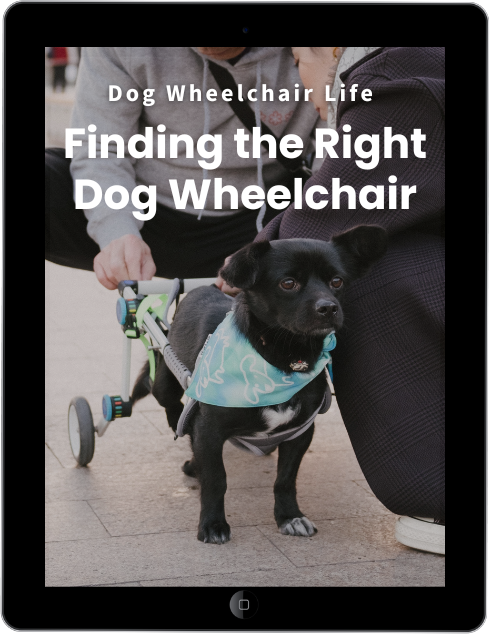
eBook
Find The Right Dog Wheelchair For Your Pet
Your dog has a mobility problem, and you want to buy a wheelchair. But do you know what kind of cart will work best for your dog’s individual needs? After a decade of teaching pet owners how to make the right choice, I put the information into an eBook!
Understanding the challenges
The challenges in taking care of a disabled dog in a wheelchair are similar, no matter what diagnosis the dog receives. The important part is to understand the dog’s needs and make a commitment to take care of the animal. When you adopt a disabled pet, you become their lifeline to surviving.
Here’s my list of what to expect when you adopt a disabled dog in a wheelchair.
Medical Needs:
Talk with the veterinarian or rescue group taking care of the dog about their specific medical diagnosis. Every case of paralysis is unique, so it’s important to learn the skills to manage the day-to-day care for your individual pet.
For instance, some dogs need to have diaper changes throughout the day or have their bladders manually expressed. And other animals struggle with recurring urinary tract infections. These complications can be handled, when you review them with the professional treating the animal.
Your new dog might also face require future surgeries or ongoing treatments like laser therapy. By understanding the specifics of your pet’s medical needs, you’ll be better able to tackle them.
Using a Dog Wheelchair:
Most disabled pooches benefit from using a dog wheelchair. As the pet owner, that means investing in a high-quality cart that must be properly sized and adjusted to meet the needs of your dog.
It also means that you’ll be spending time training your new pet how to use the wheelchair. Some dogs enjoy their wheels right away, while others require time and your patience to learn how to use their cart.
You should also be prepared to do minor maintenance for the wheelchair that includes checking the tire pressure and replacing worn parts.
Financial Commitment:
Paralyzed dogs may need ongoing care to keep their bodies strong. Many undergo physical therapy, hydrotherapy, acupressure and more. Pet owners should be prepared for the financial commitment associated with these lifesaving treatments.
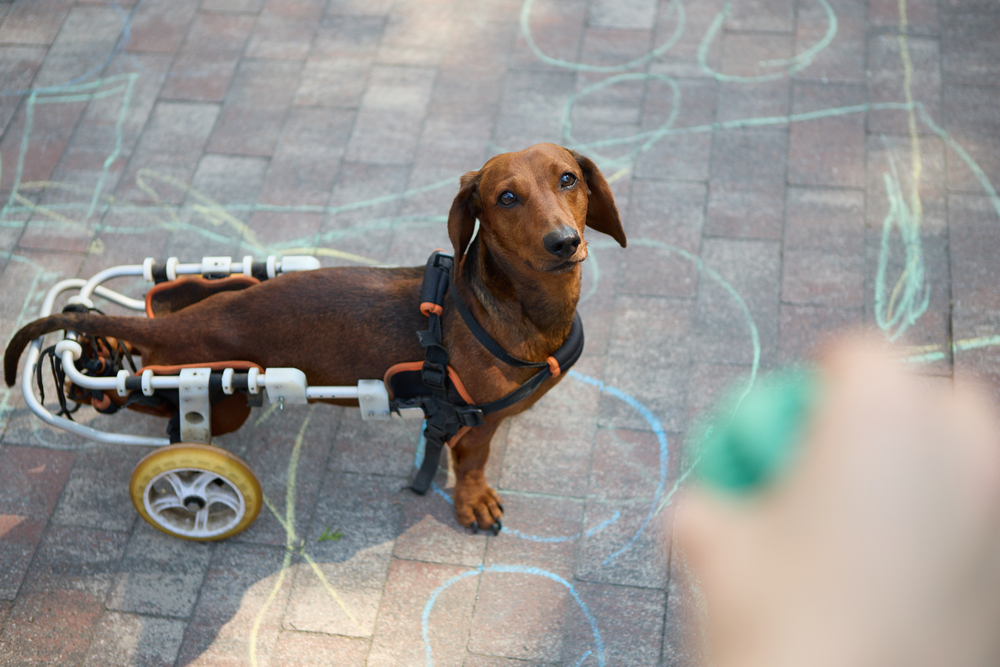

Get the Essential Guide
The Essential Guide of Products for Handicapped Dogs e-book is a labor of love for me. I wrote it to answer your most pressing questions about where to find the best products for your wheelchair dog. You’ll find products you didn’t know existed and each will improve your dog’s quality of life. Print a copy and keep it by your side.
Building a supportive environment
Home Modifications:
Comfortable Living Spaces:
Consistent Routine:

My favorite harnesses for disabled dogs.
Emotional considerations
Patience and Understanding:
Training and Socialization:
Embrace the Uniqueness:
Community and resources
Connect with Support Groups:
Educate Yourself:
The takeaway
Adopting a paralyzed dog in a wheelchair is a compassionate and rewarding act. It requires commitment, understanding, and a willingness to adapt to a new lifestyle. It also demonstrates to your new dog that you will be there for the rest of their life.
Click below to see my favorite dog wheelchair products:

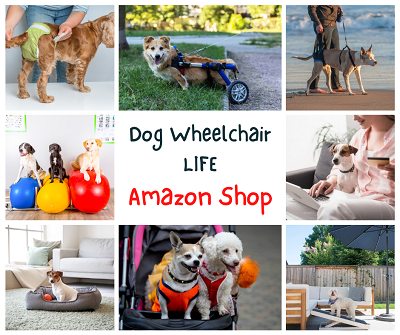

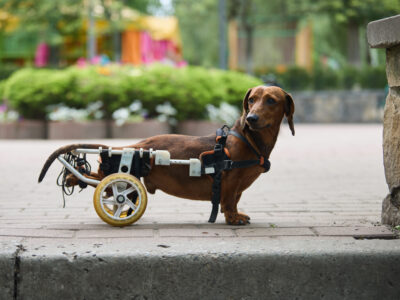
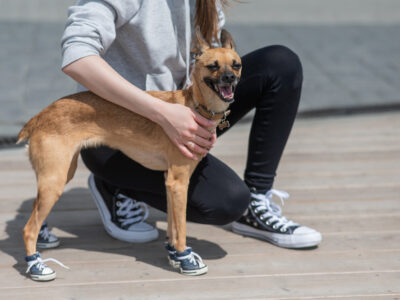

Leave a Reply